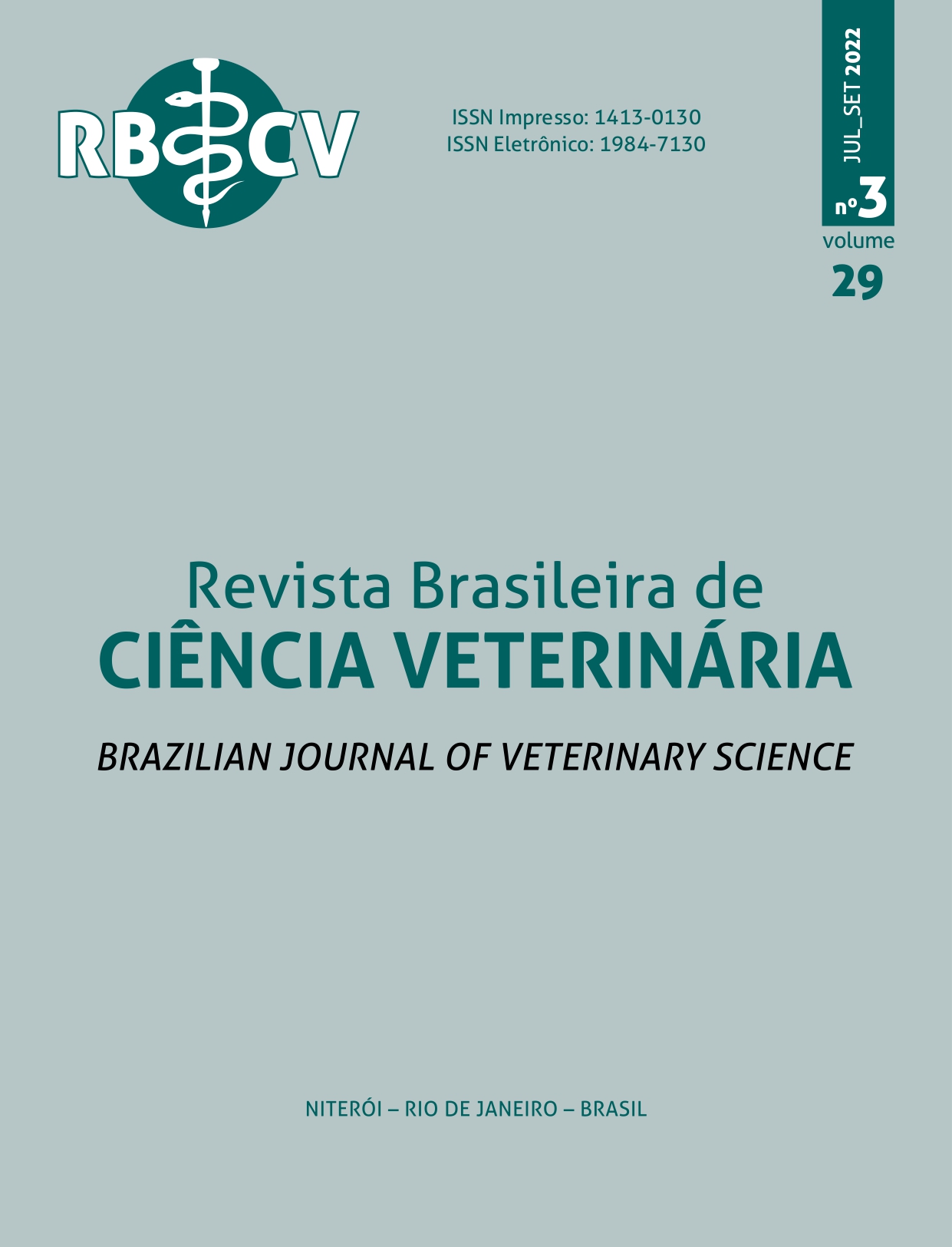Potentially pathogenic Staphylococcus aureus and Listeria spp. in Brazilian unpasteurized cheese production
Staphylococcus aureus e Listeria spp. potencialmente patogênicos na produção de queijos não pasteurizados
Resumo
Abstract
The consumption of unpasteurized cheeses contaminated with pathogens can pose risks to public health. Thus, the purpose of this study was to identify potentially pathogenic microorganisms (Listeria innocua, L. seeligeri, L. ivanovii, L. monocytogenes, Staphylococcus aureus and several virulence genes) in unpasteurized cheese production in the northeastern region of the state of São Paulo, Brazil. Listeria species were detected in 68 (64.14%) out of 106 samples of bovine feces, swabs from milkers’ and cheese handlers’ hands, milking buckets, raw milk, whey, water, cheese processing surfaces and utensils. All the samples collected at one farm were contaminated with Listeria spp., although none of them contained L. innocua, L. seeligeri, L. ivanovii, or L. monocytogenes. A set of 391 Staphylococcus spp. isolates were obtained in these samples, from which 60 (15.31%) were identified as S. aureus using PCR. S. aureus carrying virulence genes were detected in milk, in swabs from cheese handler’s hands, whey, milk, sieves, buckets and cheese. These findings show that poor hygienic practice is associate with a higher risk of pathogenic bacteria in milk or cheese, providing useful information for public health authorities to increase food safety surveillance and prevent the dissemination of pathogens.


